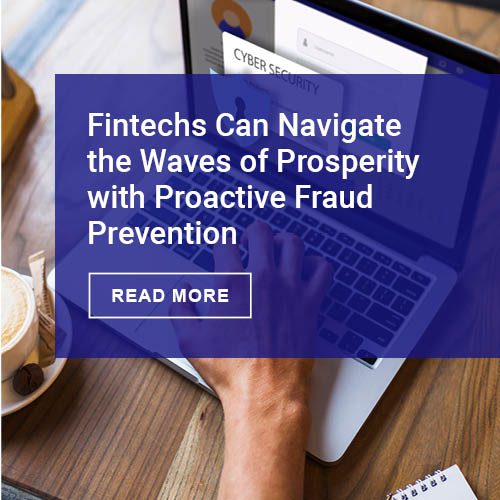Both consumers and businesses — including PayPal, American Express, Microsoft, and most recently, Santander Group — are keenly interested in taking advantage of the promised speed, low cost, and decentralization of cryptocurrencies. However, there is one stubborn factor standing in the way of wide-scale adoption despite the denials of many crypto-enthusiasts: neither consumers nor businesses can tolerate the volatility of bitcoin and similar cryptocurrencies when used as money, or as a medium of exchange.
To remove this obstacle, a new class of cryptocurrencies called stablecoins has sprung up. Stablecoins attempt to tame volatility by tying their cryptocurrency units to a less volatile, existing asset — typically a fiat currency, such as the U.S. dollar. Stablecoins can roughly be divided into two main groups based on the approaches used to keep their unit values stable: asset-backed stablecoins and algorithmic stablecoins.
Asset-backed stable coins, such as Tether and TrueUSD, typically tie their units to either fiat currency or cryptocurrencies owned and managed by a central party. These cryptocurrencies offer users the familiar and reassuring notion of literally having “money in the bank.” However, the fact that these coins are centralized immediately and predictably gives rise to suspicion — whether justified or not — that these backing assets may have been spent, stolen, or frozen by a bank or government. For example, despite, or perhaps because of, its market cap of over US $2 billion, rumors about the unavailability of backing assets have dogged the Tether project for the past several months.
A good example of an algorithmic stablecoin is kUSD, produced by Kowala using their unique protocol. The kUSD blockchain manages its coin value by adjusting the coin supply in response to the market price: if the price is above $1, enough additional coins are produced to push the price down. Similarly, if the price is below $1, coins are burned via a small supplemental transaction fee. Market forces are then used to smooth out and speed up the resulting price adjustments.
Cryptocurrencies with stable value will make it easier for companies to incorporate them into future projects, especially those aimed at consumers who may not know much about digital currencies and are interested in everyday use cases. As stable coins continue to make their way into the mainstream crypto market, we are going to continue to see mainstream players adopting these technologies in an attempt to keep up.











